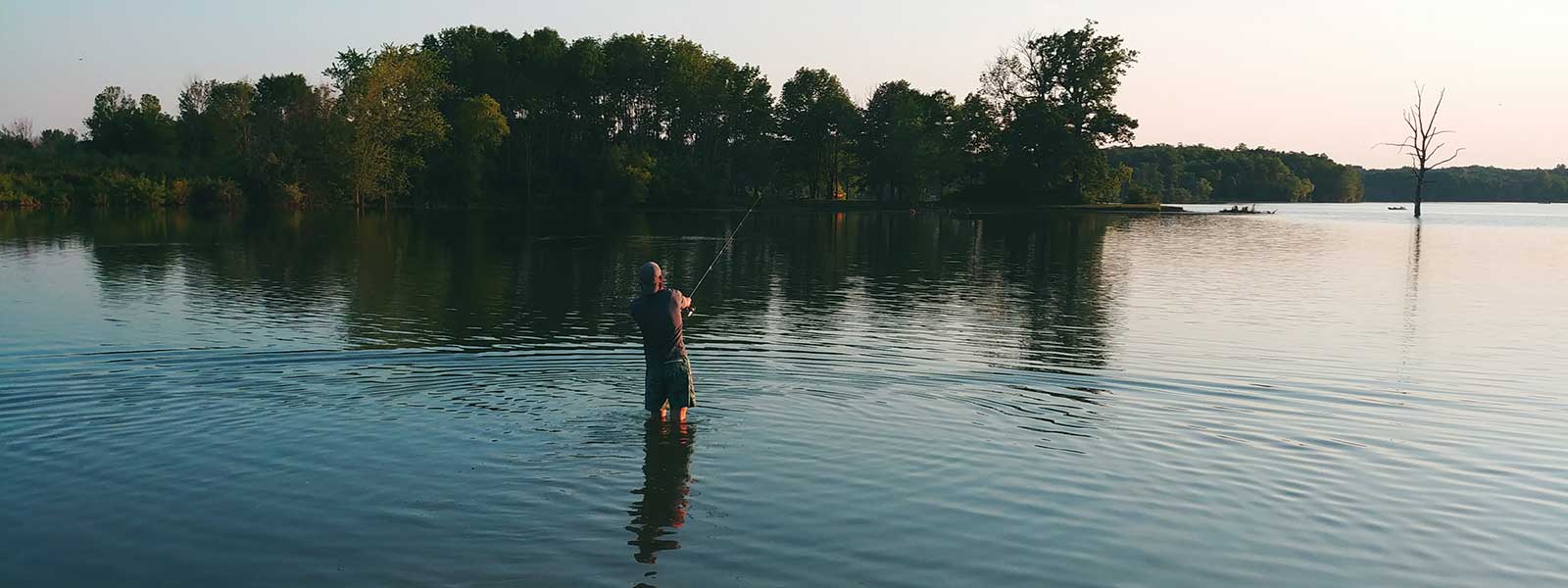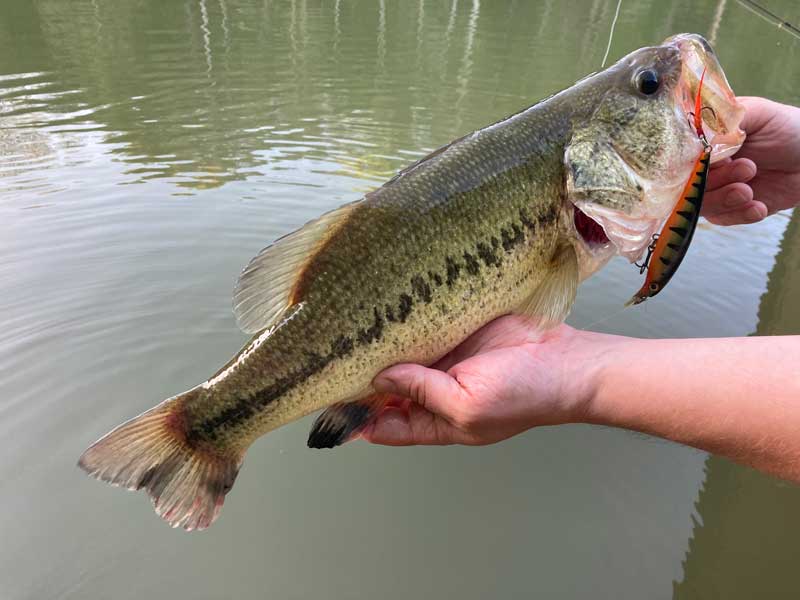
Responsible Angling
In addition to mastering fishing techniques and skills, anglers must know responsible angling practices. A responsible angler is someone who can master these four steps:
- Catch and handle fish properly
If you are planning to release fish, proper handling can dramatically increase their chance of survival after being caught.
Here are some tips for handling fish:
- If you are going to release the fish, try using artificial lures or flies instead of live bait or scented lures. Fish are less likely to swallow artificial lures, which makes it easier to remove the hook.
- Use single, barbless hooks; they’re easier to remove and cause less injury to fish.
- Don’t exhaust the fish while landing it. A tired fish takes longer to recover once it has been released.
- Be sure your hands are wet when you handle fish. If your hands are dry, you will remove their protective mucus layer.
- Don’t be afraid to use tools to help remove hooks. Needle-nose pliers or fishing hemostats make hook removal fast and efficient.
- When releasing the fish, give it time to recover. Hold the fish upright and underwater until it swims away.
If you want to photograph your fish, be sure to plan the photo beforehand and limit the time the fish is out of the water. Hold the fish by placing one hand under its belly and one hand securely at the base of its tail. Avoid touching its gills, as they’re sensitive.

- Allow space for everyone
Avoid overcrowding a fishing area. Many anglers enjoy the solitude of a quiet river, while others are trying to enjoy time outside with their families. Proper space is needed for casting—you don’t want to worry about accidentally hitting someone. Make it clear that all are welcome in the outdoors, regardless of their background.
If you’re looking for options for a fishing hole, check out the Where to Fish page for information on our public access sites and stocked ponds. See our Fish Stocking dashboard for the latest updates on fish stockings in Indiana waters.
- Stick trash and plastics in the bin
Remember to properly dispose of all your trash after your angling adventures, especially your fishing line. Because fishing line isn’t biodegradable and can stick around for more than 600 years, its leftovers can be detrimental to the environment. Both short and long pieces of fishing line are harmful in the short term, as they can injure or kill wildlife that may accidentally eat it, and they can get tangled in boat propellers.
Braided lines are not recyclable; however, monofilament and fluorocarbon fishing lines are. You can recycle your line at participating bait and tackle stores, boat ramps, marinas, and even at some popular fishing spots that have recycling deposit stations. Be sure to remove all tackle from the line before dropping it off.
If you’re using braided line, cut the line into 6- to 12-inch segments, place them in a container with a lid, and put the container in the trash.
- Train up on fish identification and regulations
Familiarize yourself with fish identification and state regulations. It’s important to know how to identify the fish you’ll encounter in your area. Be sure you comply with the regulations for the body of water you fish. Some regulations, such as size and harvest limit, change based on location. If you’re ever unsure, remember that it’s best to just release the fish.
Consider carrying a copy of the regulations in your tackle box or downloading the DNR app.
For more information, check out the Indiana Fishing Regulations Guide.
